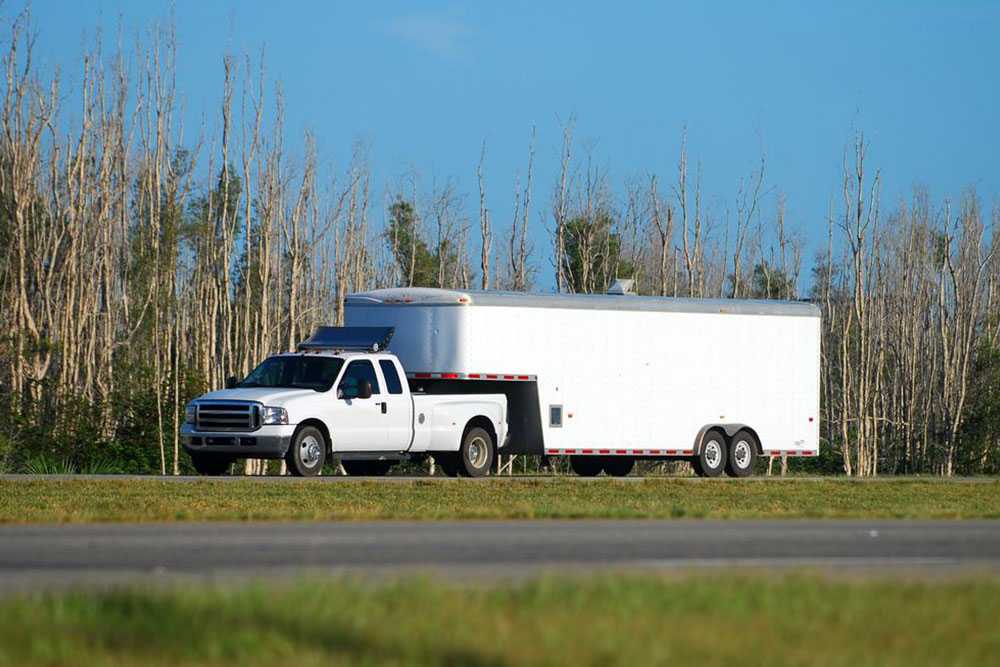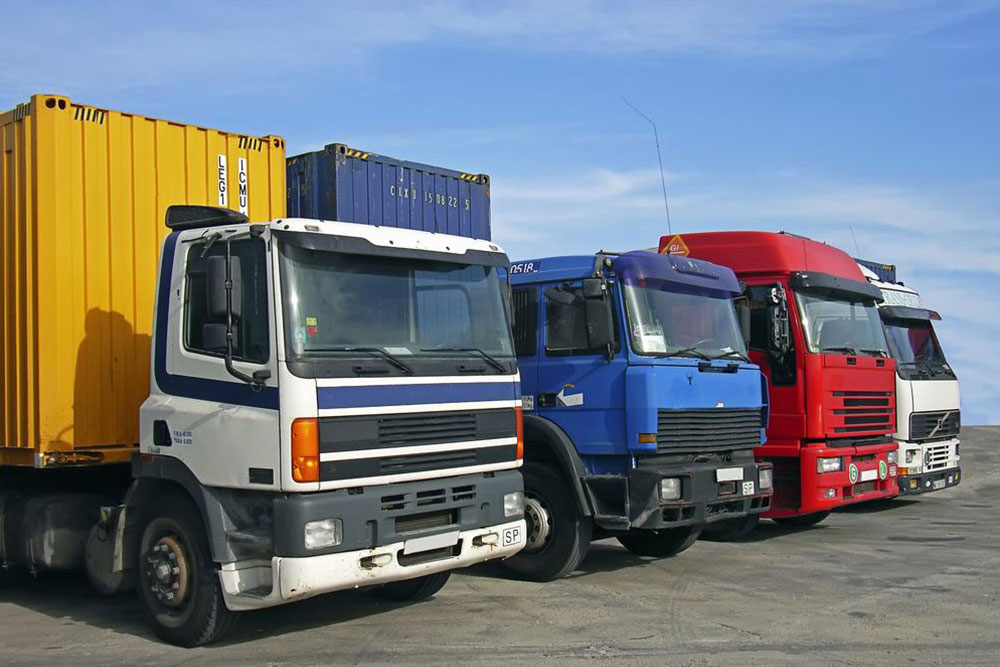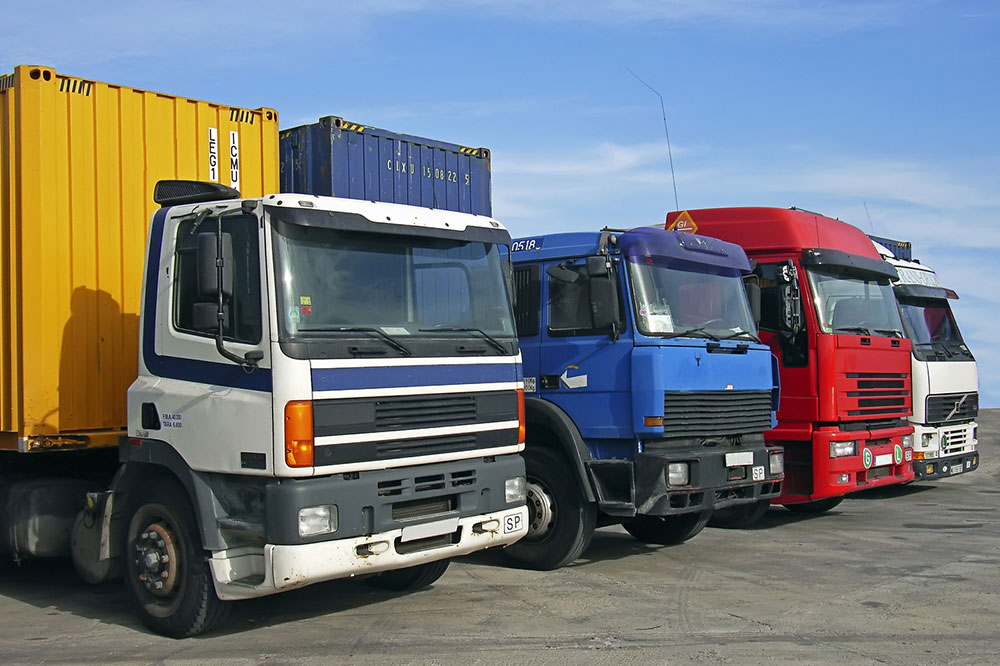Ultimate Overview of Freight Load Boards and Their Advantages
This article provides a comprehensive overview of freight load boards, highlighting their types, key features, and benefits. It explains how shippers and carriers connect through these platforms to facilitate efficient transportation operations. Different categories like freight, hotshot, and box truck load boards are discussed along with advantages such as broad load access, increased efficiency, flexibility, and real-time updates. Ideal for industry participants seeking to optimize their logistics and grow their business, this guide offers valuable insights into modern freight management tools.

Understanding Freight Load Boards and Their Benefits
Load boards serve as vital online platforms connecting freight carriers with shippers. Known also as freight marketplaces, these digital tools simplify the process of finding and booking shipments in the transportation sector. Carriers can browse available loads, select suitable options, and secure jobs directly through these platforms. This guide explores different types of load boards, notable providers, and their key advantages.
Shippers register on these online systems to post details including cargo type, origin, destination, weight, and payment terms. Carriers then search these listings to find suitable loads matching their capabilities and preferences, making transportation efficient and streamlined. Various categories include freight load boards, hotshot load boards, and box truck platforms—each catering to different transport needs.
Freight load boards
This type typically targets operators with full-size trucks such as reefers, flatbeds, or dry vans. These platforms are ideal for carriers seeking to move cargo across diverse industries without restriction. Advanced filtering options and real-time updates enhance the search experience, enabling smooth freight management.
Hotshot load boards
Specializing in expedited deliveries, hotshot boards connect shippers with smaller vehicles like pickup trucks and vans. Designed for quick, time-sensitive deliveries, these platforms feature instant quotes, rapid booking options, and route optimization tools. Examples include GoShare, uShip, and HotShotCarrier.
Box truck load boards
Focusing on local or regional deliveries, box truck platforms cater to straight trucks and cube vans. These sites offer targeted opportunities for cargo movement within specific areas, often overlapping with freight boards but emphasizing locality. Platforms such as 123Loadboard and BoxHub facilitate matching loads with appropriate trucks based on size and capacity.
Advantages of using load boards
Wide access to loads: These digital marketplaces expand reach across industries and regions, ensuring continuous demand and supply for transportation needs.
Enhanced efficiency: Simplified load matching reduces reliance on lengthy phone negotiations, saving time and resources while standardizing processes.
Greater flexibility and transparency: Carriers can choose routes, rates, and loads that fit their preferences, fostering control over operations.
Business expansion: Networking through load boards supports scalable growth and new partnership opportunities, enabling easier market entry and expansion.
Real-time updates: Instant notifications about available loads and demand help carriers plan effectively, regardless of seasonality.
Note:
Our blog offers diverse insights and data to inform your transportation decisions. While we're committed to accuracy, readers should verify details from multiple sources as data may vary. Our content should not replace professional advice or official platforms, and we acknowledge that certain schemes or offers might not be included.










